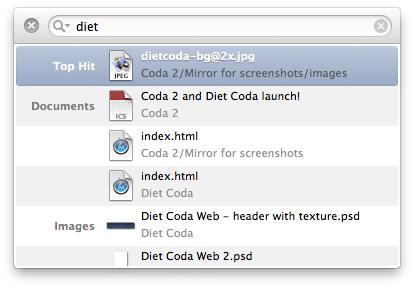
For instance, for the interacting consonants themselves, error rate has been reported to increase with a higher number of shared phonological features (e.g., Dell, 1986 Fowler, 1987 Fromkin, 1971 Nooteboom, 1969 Shattuck-Hufnagel, 1986 Shattuck-Hufnagel & Klatt, 1979). Generally speaking, the more two elements have in common, the more likely they are to interact in an error, where the notion of having something in common comprises prosodic position, stress, featural composition, as well as neighboring material. It has long been known that similarity plays a pivotal role in triggering these kinds of speech errors: Similar utterances will lead to increased competition and will thus be more liable to error during processing (among others, Dell, 1984 Goldrick & Blumstein, 2006 Levitt & Healy, 1985 Shattuck-Hufnagel, 1992 Vousden, Brown, & Harley, 2000). During phonological processing individual sounds come to be arranged in their appropriate – or, for an error, inappropriate – sequence. Models of speech production generally assume that errors below the level of the word, so-called sublexical speech errors (e.g., fonal phonology for tonal phonology), arise through competition or interference during the phonological processing stage in utterance encoding.

The findings suggest that the proportion of different error types (substitutions, co-production errors) differs as a function of stimulus type: not all alternating stimulus patterns that trigger errors result in an intrusion bias. While all conditions exhibited both substitution and co-production errors, a gestural intrusion bias emerged mainly for the coda condition. The three-word phrase condition elicited an intermediate error rate for the stop consonants, but a high error rate for the fricative alternations. The no-coda condition showed a lower error rate than the coda condition. Subjects repeated two-word phrases with alternating initial stop or fricative consonants in a coda condition (e.g., top cop), a nocoda condition (e.g., taa kaa) and a three-word phrase condition (e.g., taa kaa taa). Capturing tongue motion with ultrasound, the current paper investigates whether shared gestural composition other than a coda can trigger gestural co-production errors. This gestural intrusion bias has been interpreted as an errorful coupling of gestures in a dynamically stable coordination mode (1:1, in-phase), triggered by the presence of a shared coda consonant. A principled connection between these two phenomena has been drawn in a gestural account of errors: Articulatory measures revealed a preponderance of errors in which both the target and intruding gesture are co-produced, instead of one replacing the other. Speech errors are known to exhibit an intrusion bias in that segments are added rather than deleted also, a shared final consonant can cause an interaction of the initial consonants.


 0 kommentar(er)
0 kommentar(er)
